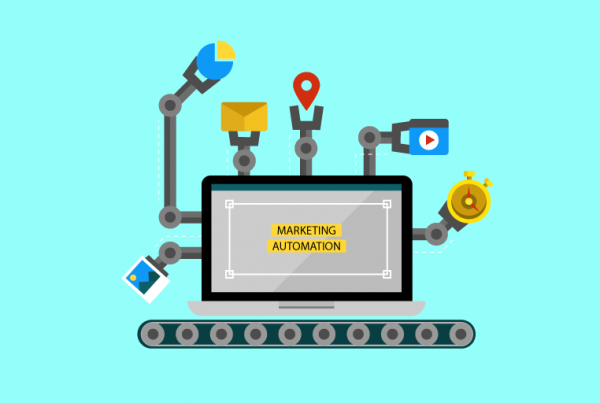The cognitive perception It includes, at the same time of the senses hearing, seeing, smelling, tasting and feeling, the way in which we treat information. While perception refers to the alternatives for obtaining information from our environment, cognition describes processes such as remembering, learning, problem solving and orientation.
The perception and cognition of software and websites are linked to high usability, that is, to the highest possible quality of use. The conception, development and evaluation of software and hardware solutions depend on cognitive perception, so it is easy for the user to use a technology application sensibly and appropriately.
This is expressed in different programming paradigms such as in the design of interactions or in web usability. Considering the cognitive abilities of users and the characteristics of their interactions, web designers and programmers try to make technical apps simpler to use, without neglecting aesthetic principles.
General information
Since we absorb approximately 80% of our media information through our eyes, website and app design is a particularly important aspect of ease of use. Visual perception is influenced by optical impulses.
Text, text structure and formatting, images, animations, graphics, and videos are important features of interactive websites and apps. The difficulty lies in the fact that the visual perception of websites strains the eyes, and the information must be presented in such a way that this tension is the least possible. There are many factors that intervene in this, and depending on the objective of the app, there are different rules to pay attention, which are thematic during the usability engineering and interaction design processes. [1]
Influences from psychology, physiology, linguistics, information technology and media design are used to offer the user, as far as is feasible, what he expects. Processes such as summarizing, understanding, learning, remembering, or dealing with information are an additional challenge for website and app design when the goal is an exceptionally good user experience.
Practical application
In usability engineering, there are many rules about how websites and software should be created so that the user can easily perceive and understand information or can interact with it.
- Architecture: During the planning of the web page, the information architecture can be selected so that the web page serves the core needs of the user, thus achieving its objective.
- Structure: The structure of the different web pages and their linguistic description influence user navigation. Through simple and useful definitions, the web portal can help the user to understand the content (and these semantic decisions also influence search engine optimization). Examples of this include meaningful URLs and intuitive menu bars.
- Design / layout: A similar concept applies to the optical presentation of information: certain background colors can make reading difficult, while complementary colors speak to the user's senses. The areas in which a certain information is found also define the speed with which it can be accessed and if it can be accessed; There are different models for this, for example the F-shaped model or the Z-shaped model.
- Interaction: The interface design addresses principles such as the way in which the interaction between the user and the computer system occurs. These aspects have increased in importance with the growing popularity of smartphones or mobile devices with small screens. Interaction with a web portal is determined, for example, additionally by search intent. Users have different interests. They look for information, products or they look at the next step and call-to-action buttons. With web design, psychological aspects can be helpful in meeting user expectations.
Importance for usability
Cognition and perception are two areas that, in a way, are the first starting points for a good user experience with web and software use. They build the foundations with which the interaction of people and machines must begin. Because people absorb and process information in particular ways, websites and apps have to focus on the areas of psychology, information technology, or biology.
A website, which takes into account these multiple factors, partly very complex, will not only be easy to read and contribute to the absorption of information, but also takes into account certain usability principles and provides a fantastic user experience. Websites should promote interaction and conform to user expectations, so that users' needs are anticipated. Only then can usability be considered. If not, this could have a negative influence on the bounce rate and the number of users remaining on the page.[2].
For a better user experience, cognitive computing can also be used, through which a computer system learns independently from experiences. In e-commerce, algorithms are used, for example, to examine user behavior and provide customers with product recommendations based on this data. Even Google uses this type of technique to provide better results to the user's search query.
Web Links





